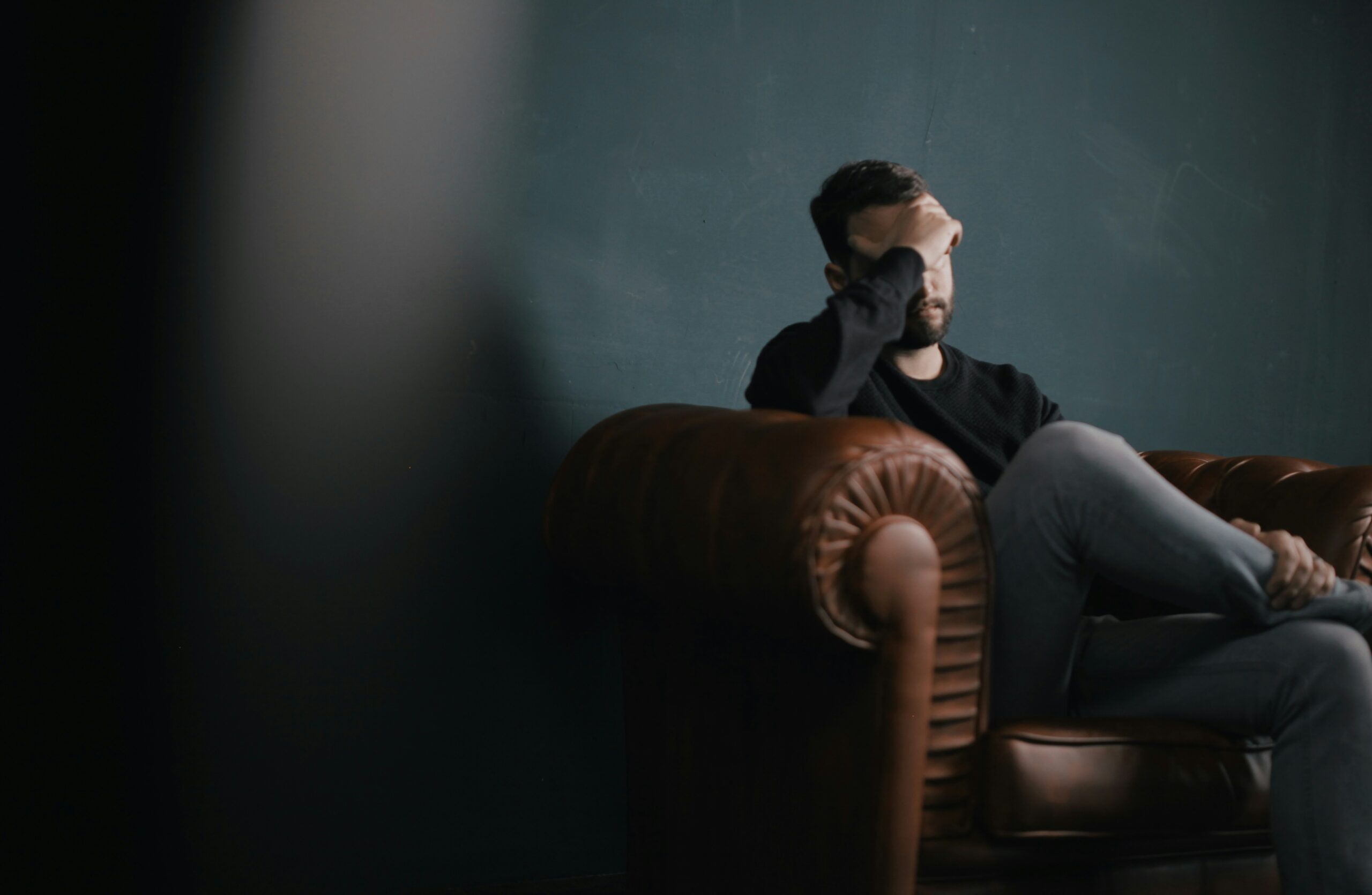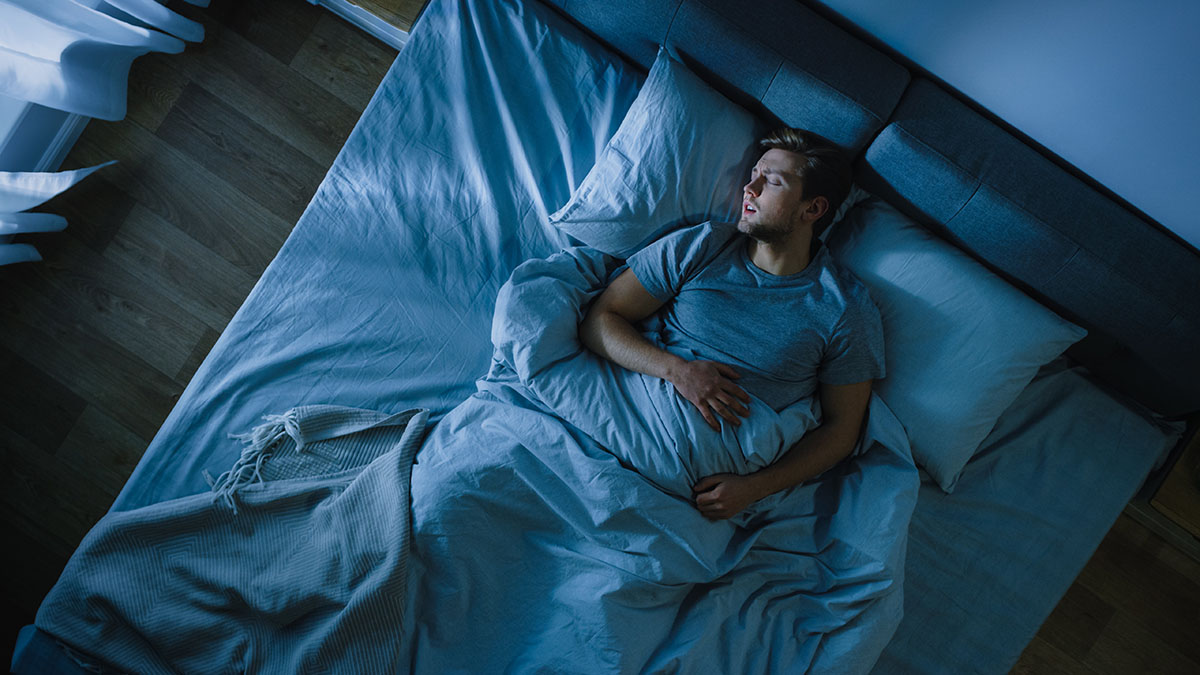Recovery is different for women. Stephanie Covington is a pioneer in the field of women’s issues, addiction, and recovery. She is also the main inspiration behind the women’s program at Lakeview Health. For Dr. Covington, a healing environment should be characterized by safety, connection, and empowerment. “In one of the first studies on addicted women and trauma, 74 percent of the addicted women reported sexual abuse, 52 percent reported physical abuse, and 72 percent reported emotional abuse,” writes Covington. “The research also demonstrates that addiction treatment services for women (and girls) need to be based on a holistic and woman-centered approach that acknowledges their psychosocial needs.” The prevalence of trauma in the lives of women who present with substance use disorders is one of the main reasons addiction treatment programs must address the specific needs of women and provide an environment of peace and safety for them. An important element in creating this safe and empowering environment is the design of the building. The therapeutic spaces in the new Women’s Center at Lakeview were developed to enhance the healing process and promote a successful recovery from addiction. Jamie Stevens is the CEO of Lakeview Health. For the design of the new facility, she teamed up with Lakeview Health board member Susan Coppage Evans, a recognized clinician specializing in gender-responsive addiction treatment. The integrative model at The Rose of Lakeview encompasses the medical, psychological, physical, and spiritual aspects of women’s recovery. The furniture, wallpaper, artwork, and layout of the rooms are all designed to communicate Lakeview’s approach to therapy. The program has been designed so that the space itself plays an active role in the recovery process. Safety and reconnection are two important elements in trauma recovery. The environment of The Rose helps patients feel safe and worthy. The space in the rooms conveys a sense of peace in which respect and trust of self and others can grow. The ambience makes the women feel at home. Susan Coppage Evans personally selected most of the artwork on display and a lot of the furniture. “I did it as if I picked furniture for my own home. I don’t have the same furniture in my living room as in my family room. Most commercial organizations buy 100 chairs, all exactly the same, and put them into all the group rooms and every common space,” Evans said. “For The Rose, we tried to make every sitting area unique. People like furniture that they can imagine in their own homes.” The dining room is not just a facility where patients quickly eat their food. “We wanted it to be a place that celebrates family-style dining with people sitting together building community,” explains Jamie Stevens.
Patients have been praising the Bohemian style of the Oak Leaf Café, which has many different types of chairs upholstered with colorful fabrics. The centerpiece is a long table inviting the women to enjoy their meals together. “The idea is to enable community dining,” says Evans. “Up to 18 women can eat together at the same table in a feminine circle of communication and sharing.” The walls feature calming and uplifting magenta, tan, and green tones as well as artwork with mirrors. Stevens is especially proud of the Herb Wall, three stacked rows of rosemary, thyme, dill, cilantro and other herbs framing the inspirational message, “Grow where you are planted.” It adds living plants to the cafeteria environment, symbolizing the potential for growth and the healing power of nature. “The women keep saying how beautiful it is,” says Stevens, “and they want to take pictures of it.” Women with substance use disorders often suffer from low self-esteem, neglecting themselves in favor of something or someone else. The Women’s Center spa is designed to function as a shared gathering space for women to learn self-care, relax, and build female community. “Women in addiction often put themselves last,” explains Stevens. “Our campus allows patients to celebrate themselves and their femininity in a safe and beautiful environment.” After spending years in the addiction cycle, the concept of self-care can feel alien to many women. Often, years of physical and sexual abuse have shattered their morale and self-esteem. The design of The Rose offers a place where women can relax and rejuvenate their spirits.
Evans particularly appreciates the contribution of the clinicians who were consulted on the design. “They kept asking for more space so patients would be able to just sit and relax,” she says. “Maybe they would use the space to read or to talk with each other. We wanted to provide a place of rest, and I think we really accomplished that.” While creating a sense of peace and serenity, the design of the various rooms and stations never leaves functionality behind. When the new kitchen was planned, Lakeview’s chef provided valuable input, while the director of nursing helped design the nurses’ station. “When we began with the design of The Rose, we started by interviewing everybody who would work there—therapists, nurses, housekeeping staff, and many others—so we could understand their needs and plan accordingly,” says Evans. “We have to consider our employees. Every day, they work with patients who are struggling very hard with their addiction and that can be very demanding.” “Patients and staff need a creative and inspiring environment,” explains Evans, “so The Rose is designed to create a sense of peace. It is a space filled with great colors and unique art that has a sense of nourishing calm to it.”
“We wanted The Rose to feel as residential as possible, with carpets, artwork, and feminine colors. We didn’t want it to feel cold and sterile like a hospital,” explains Stevens. “I have visited so many other treatment centers where they don’t pay any attention to the interior design. It’s quite amazing how much it translates into the recovery experience when the environment reflects thoughtfulness and respect.”




